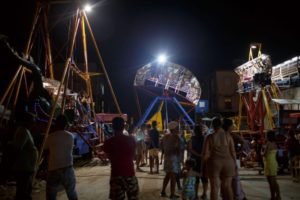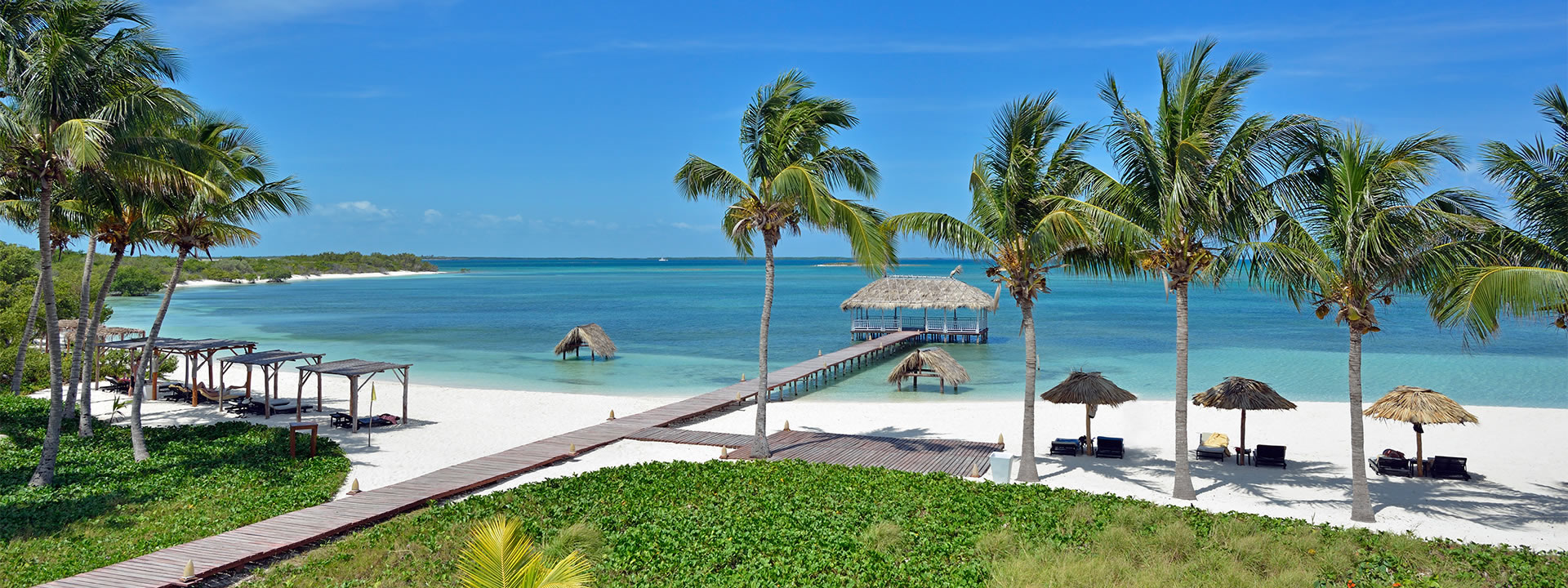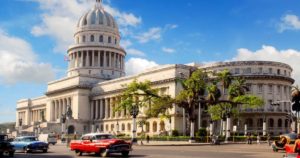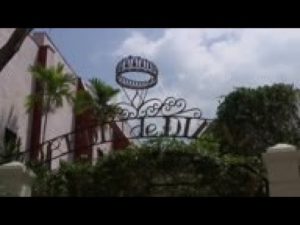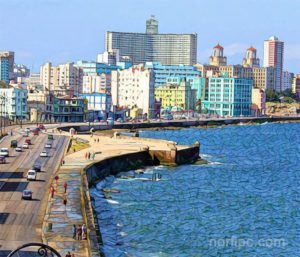 CRÓNICAS CUBANAS: EL CAPITOLIO, EL VEDADO, PARQUES DE DIVERSIONES: SABIA USTED QUE ?
CRÓNICAS CUBANAS: EL CAPITOLIO, EL VEDADO, PARQUES DE DIVERSIONES: SABIA USTED QUE ?
Decir que el Capitolio nuestro está hecho a imagen y semejanza del de Washington es inexacto. El Capitolio de Washington, el de Buenos Aires, el de La Habana, el de Toulouse… todos están inspirados en el Monte Capitolino, de Roma. Ahora, es cierto que el nuestro no es más grande ni más antiguo, pero sí es 35 centímetros más alto que el de Washington.
Expresan las autoras que en su construcción 8 000 obreros —5 000 de ellos españoles— trabajaron en turnos de ocho horas las 24 horas del día durante tres años y 50 días, sin interrupción. La República, obra del italiano Ángelo Zanelli, es la tercera mayor estatua bajo techo del mundo, superada solo por el Buda de Nara, en Japón, y la imagen de bulto de Lincoln, en Washington. La cúpula tiene 91,73 metros de alto, aunque se ha repetido mucho que alcanza una altura de 94 metros desde la acera.
SOBRE EL BARRIO DEL VEDADO, LA HABANA.
El trazado inicial en 1859 del barrio de El Carmelo tenía más de cien manzanas de cuadras de cien metros de lado, formando una retícula regular que por primera vez en Cuba incorporó el arbolado a lo largo de las vías. Escribía al respecto el arquitecto Mario Coyula: «Fue la iniciativa urbanística más importante de todo el período colonial». El mismo trazado continuó al año siguiente en terrenos aledaños propiedad del Conde de Pozos Dulces, lo que dio lugar a El Vedado propiamente dicho. La urbanización seguiría en 1883 con el reparto Medina. Con el tiempo, el área que abarcaban esos tres repartos se conocería con el nombre genérico de El Vedado, zona que siglos atrás fue la zona vedada, donde no se permitía talar, sembrar, construir ni abrir caminos, ya que se estimaba que de esa forma protegía la ciudad del ataque de corsarios y piratas. Fue una urbanización de vanguardia que se acometió al mismo tiempo que se realizaban los «ensanches» de Barcelona, Viena y otras grandes ciudades europeas.
PARQUES DE DIVERSIONES EN LA HABANA.
Conocimos el Coney Island Park, con sus carros locos, el pulpo y su galería de espejos y su montaña rusa espectacular, y acudimos no pocas veces al Jalisco Park, que ya entonces —fines de la década del 50— había abandonado, a causa de la edificación del hotel Habana Libre, su ubicación en 23 y L para establecerse, primero, en el cuchillo que forman la Calzada de Infanta y las calles San Martín y Zaldo, y luego en 23 y 18, en El Vedado, que, de sus dos últimas sedes, fue la que perduró.
No conocimos el parque de Colóni ni el Hollywood Park. El primero se localizaba, dicen, en la Calzada de San Lázaro, frente al Colegio de la Inmaculada, hoy Casa Central de la Congregación de las Hermanas de la Caridad. Una buena parte de la grey infantil lo visitó en los años 40 y comienzos de los 50.
Hollywood Park se emplazó en los terrenos del Jardín Botánico de La Habana, convertidos ya en un marabuzal, y que estaba ubicado (comienzos de la década de los 50) en los terrenos que luego ocuparía la Ciudad Deportiva. El parque ocupaba solo una de las esquinas del terreno, la de Vía Blanca y Primelles.
Disponía de una montaña rusa, no tan grande como la del Coney Island y de otros aparatos, entre ellos el rotor, nunca visto antes en Cuba. Las personas entraban y el rotor comenzaba a girar. Lo hacía con tanta fuerza que los que estaban dentro quedaban literalmente adheridos a la pared cilíndrica del equipo. Enseguida el piso descendía entre un metro y metro y medio.
Era una empresa estadounidense la que operaba el parque y pese a la cantidad de personas que lo visitaban se marchó del país a los pocos meses de su inauguración.
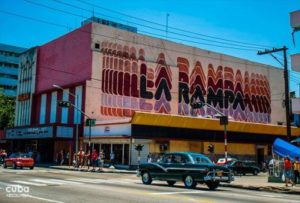 CUBAN CHRONICLES: THE CAPITOL, THE VEDADO, THE AMUSEMENT PARK: DID YOU KNOW?
CUBAN CHRONICLES: THE CAPITOL, THE VEDADO, THE AMUSEMENT PARK: DID YOU KNOW?
To say that our Capitol is made in the image and likeness of that of Washington is inaccurate. The Washington Capitol, the Buenos Aires Capitol, the Havana Capitol, the Toulouse Capitol … all are inspired by the Capitoline Hill in Rome. Now, it is true that ours is not bigger or older, but it is 35 centimeters taller than Washington’s.
The authors state that in their construction 8,000 workers — 5,000 of them Spanish — worked in eight-hour shifts 24 hours a day for three years and 50 days, without interruption. The Republic, the work of the Italian Angelo Zanelli, is the third-largest indoor statue in the world, surpassed only by the Buddha of Nara, in Japan, and the bulk image of Lincoln, in Washington. The dome is 91.73 meters high, although it has been widely repeated that it reaches a height of 94 meters from the sidewalk.
ON THE NEIGHBORHOOD OF VEDADO, HAVANA.
The initial layout in 1859 of the El Carmelo neighborhood had more than one hundred blocks of one hundred meters on each side, forming a regular grid that for the first time in Cuba incorporated trees along the roads. The architect Mario Coyula wrote about it: “It was the most important urban initiative in the entire colonial period.” The same route continued the following year on neighboring land owned by the Conde de Pozos Dulces, which gave rise to El Vedado itself. The urbanization would continue in 1883 with the Medina division. Over time, the area covered by these three districts would be known by the generic name of El Vedado, an area that centuries ago was the closed area, where it was not allowed to cut, sow, build or open roads since it was estimated that this form protected the city from attack by corsairs and pirates. It was avant-garde urbanization that was undertaken at the same time as the “extensions” of Barcelona, Vienna and other major European cities were carried out.
AMUSEMENT PARKS IN HAVANA.
We got to know Coney Island Park, with its crazy cars, the octopus and its gallery of mirrors and its spectacular roller coaster, and we went not a few times to Jalisco Park, which already then — late 50’s — it had abandoned, because of the construction of the Habana Libre hotel, its location at 23 and L to establish itself, first, in the knife that forms the Calzada de Infanta and San Martín and Zaldo streets, and then in 23 and 18, in El Vedado, which, of its last two venues, it was the one that lasted.
We did not know the Colóni Park or Hollywood Park. The first was located, they say, on the Calzada de San Lázaro, in front of the Colegio de la Inmaculada, today the Central House of the Congregation of the Sisters of Charity. A good part of the children’s flock visited it in the 1940s and early 1950s.
Hollywood Park was located on the grounds of the Botanical Garden of Havana, already converted into a wonderland, and which was located (in the early 1950s) on the land that would later be occupied by the Sports City. The park occupied only one of the corners of the land, that of Vía Blanca and Primelles.
It had a roller coaster, not as big as that of Coney Island and other devices, including the rotor, never seen before in Cuba. People entered and the rotor began to spin. It was done with such force that those insides were literally stuck to the cylindrical wall of the equipment. Immediately the floor descended between a meter and a meter and a half.
It was an American company that operated the park and despite the number of people who visited it, it left the country a few months after its inauguration.
Agencies/ RHC/ Ciro Bianchi/ Internet Photos/ Arnoldo Varona/ www.TheCubanHistory.com
THE CUBAN HISTORY, HOLLYWOOD.




